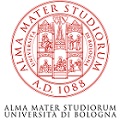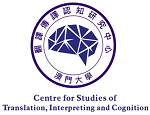The ability to translate is a concomitant of bilingualism. Since bilinguals outnumber unilinguals around the globe, studying the neurological underpinnings of translation may have far-reaching theoretical and clinical implications. This paper reviews nine imaging studies on translation employing EEG, ERP, fMRI, fNIRCWS, PET, and direct electrostimulation. The evidence is analyzed in the light of six clinically-based hypotheses on the neurofunctional organization and neuroanatomical location of translation routes. Although the imaging data is inconclusive and contradictory in certain aspects, it indicates that (i) which specific neural substrates are involved in translation seems to depend on the type of source unit –words, sentences, supra-sentential texts– and the direction of translation; (ii) the left hemisphere is either predominantly or exclusively involved in the translation of all three types of units; (iii) Broca's area seems to play a role in all translation tasks; and (iv) no specific regions have been identified which are exclusive to translation processes.










































